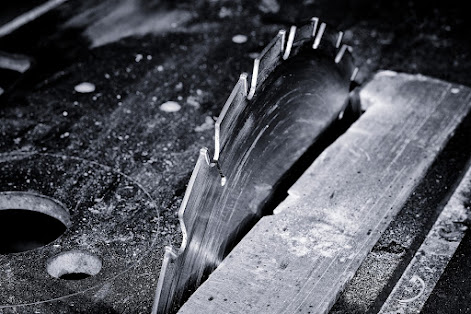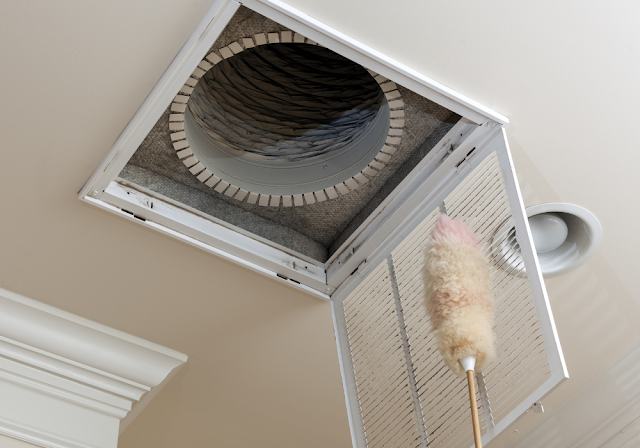How To Choose The Best Blade For Plywood | Tips From Expert
When choosing a wood blade for plywood, determine how much material you want to cut out. For example, you may need two 15/16" blades or just one 16" blade.
The width of the blade dictates what size plank you will get. A wider blade gives you bigger planks, while a narrower blade lets you make smaller cuts.
Choosing A Blade For Plywood – What You Should Know!
As plywood becomes more popular each day, its importance increases. But how do you choose the best blade for it? Here's what we think about blades for plywood.
Blade quality
A good quality blade should have a sharp edge, uniform thickness along the entire length of the cutting edge, and consistent grain direction throughout the wood. In addition, the top surface of the blade must not show any cracks (which indicates poor manufacturing), and it shouldn't be sticky or oily. If you notice any of these problems, you need to return to the manufacturer and ask them if they will exchange them for you.
Cutting accuracy
The first thing to look at is whether the blade cuts cleanly without tearing out parts of the wood. This means that it doesn't leave sawdust behind after cutting. If blades get dull over time, you can sharpen them by hand or with files or sandpaper. A sharp blade makes cutting easier, and dull knives cause problems.
Warranty
Different manufacturers offer different warranty periods. If your product has a warranty, be sure to check it. It may not cover everything after its expiration date. If you're going to buy new blades, consider buying them with an extended warranty. They offer additional coverage beyond the initial purchase price.
Safety
Use safety guards when they're available, even if they aren't always necessary. Wear protective clothing and eyewear when using any kind of power tool. Even though accidents don't always involve risks, they still happen. So take good care of your tools, wear the right equipment, and use them correctly.
Size of Blades
Your second decision should be the length of the blade. If you have a longer table saw than 4 feet, then you probably don't need a 14-foot blade.
You do not necessarily need to buy the longest blade possible, but you want something long enough for the job. Also, consider if you prefer to use your hand saw instead of the machine. If so, you would want a longer blade.
Blade Type
A carbide-tooth blade makes a cleaner cut than a coated blade does. You can sharpen blades yourself if you use them often or purchase sharpening kits at your local home improvement store. In addition, carbide blades last about three times as long as coated blades.
Pitch Angle
Look at the pitch angle of the blade. You want a blade that is angled toward you—not straight down. Angled blades cause less friction between the blade and the workpiece.
Wear Resistance
Some blades wear out faster than others. If you notice the teeth start dropping off or dulling, change blades immediately.
Blade Thickness
Consider how thick your blade is. If you need a thicker blade to cut heavier materials, look for a thicker one. However, thinner blades cost less money.
Maintenance
Always maintain your tools properly. It helps to maintain the life of the blade. Check the blade regularly to ensure that it remains safe and sharp. Replace blades occasionally, preferably before they become dull. Cleaning the blade removes oil buildup, rust, grit, and grease, giving it a longer lifespan. Make sure you wash off your hands right away afterward.
In conclusion, there are many factors you need to consider when choosing the best blade for plywood. Some of these include the type of plywood, the project size, and how you plan to use the blade.


Comments
Post a Comment